VOC Challenges in the Semiconductors Fabrication
The semiconductor industry is the aggregate of companies engaged in the design and fabrication of semiconductors and semiconductor devices, such as transistors and integrated circuits. In a process called doping, small amounts of impurities are added to these pure elements, causing large changes in the conductivity of the material. Due to their role in the fabrication of electronic devices, semiconductors are an important part of our lives.
Semiconductor plants emit significant amounts of gases, as well as smaller amounts of dissolved substances and particulates. Manufacturers and research facilities are under increasing pressure to monitor and control their volatile organic compound (VOC) emissions. Increased awareness of the worker’s health and safety is driving customers to implement live VOC monitoring systems, and air filtration solutions [particulate & gas phase filtration] at their production facilities whereas long-term outdoor air quality measurement combines with real-time location tracking.
With many manufacturers using synthetic solvents, isocyanates, phosphines, and ethylene oxide to produce their semiconductors, it’s no surprise that occupational health and safety challenges and a decline in the quality of indoors have long been a concern.
This blog explores the role of volatile organic compound (VOC) emissions in fabrication, worker safety, and community exposure. The semiconductor manufacturing industry is one of the potential major sources of air toxics (VOCs) or hazardous air pollutants (HAPs). The major emission sources are wet chemical stations, coating applications, gaseous operations, photolithography, and packing processes. One of the major health concerns that may arise from the benzene compound.
Short-term exposure up to 50 ppm can result in headaches and fatigue, 1500 ppm serious illness, 7500 ppm threatens life, and 20,000 ppb causes depression of the central nervous system, cardiac arrhythmia, respiratory failure, and death. Whereas long term exposure to only 5 ppb (over 1000 times lower) can significantly increase the lifetime risk of leukaemia.
HAPs are released into the atmosphere by industrial activities, and these can be harmful to workers. Despite efforts to improve emissions over the years, hazardous air pollutants are still released into the atmosphere at semiconductor manufacturing facilities.
In order to mitigate the challenges from VOCs and other pollutants in semiconductor manufacturing facilities, air filtration solutions are the best solutions.
We at American Air Filter (AAF) a leading air filtration solution provider and have 100 years of experience in this segment. Explore all the product portfolios that are suitable for your semiconductor manufacturing unit.
Web: https://www.aaf-india.com/contact/

